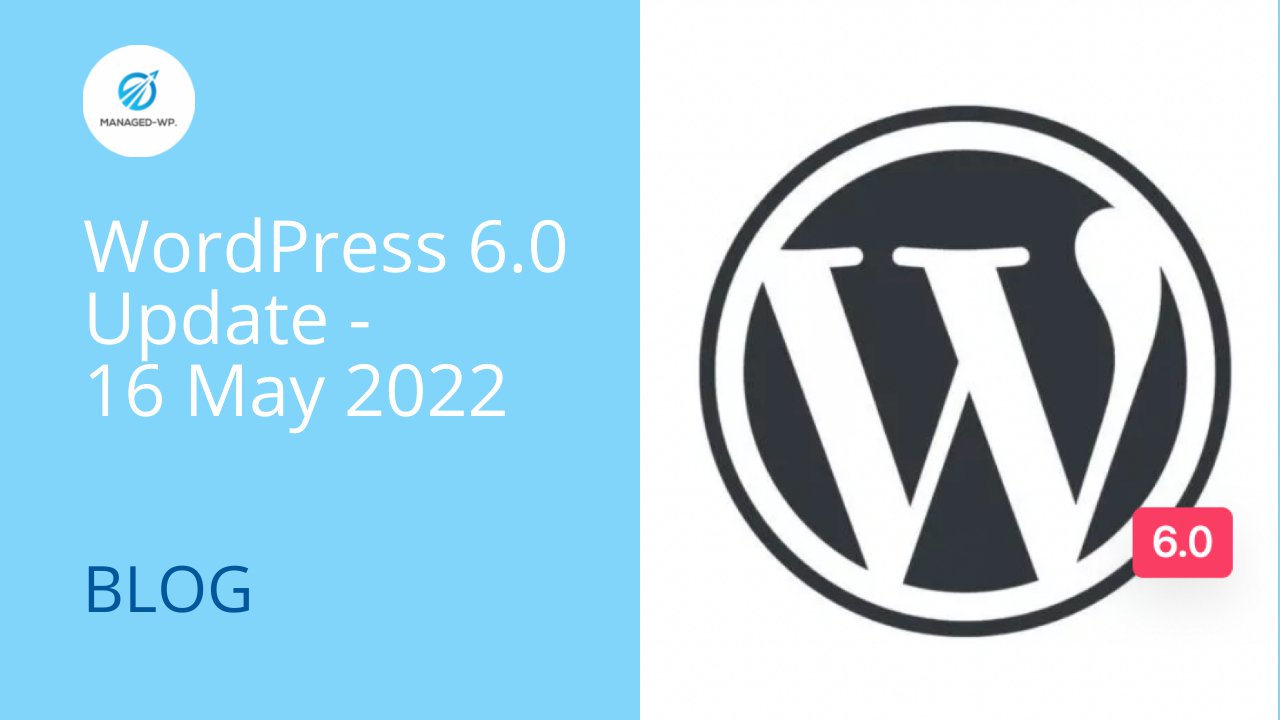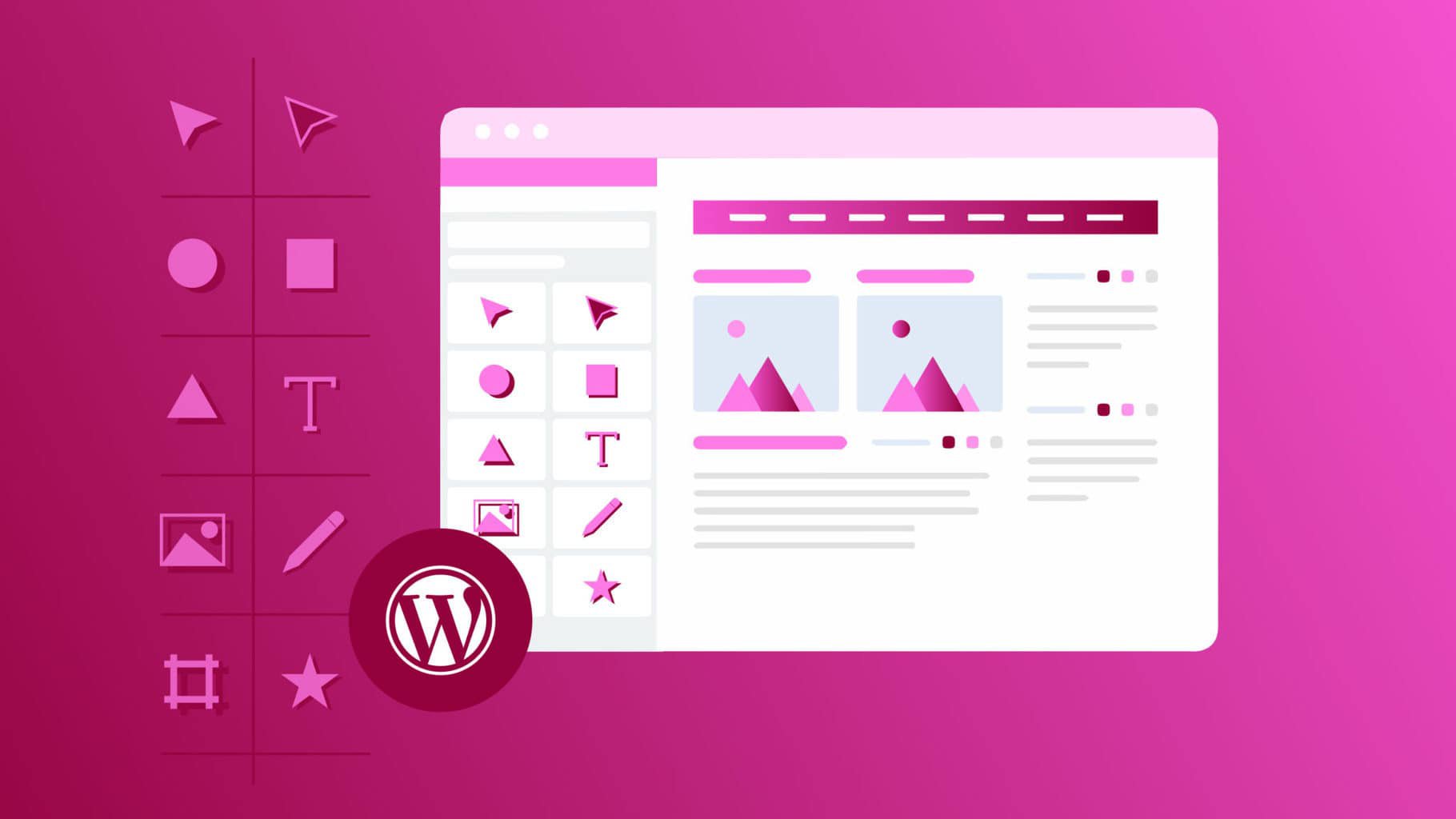WordPress fans all throughout the world are looking forward to the formal release of WordPress 6.0 on May 24, 2022! With 97 upgrades and feature requests, 131 bug repairs, 13 Gutenberg bug fixes, and 23 additional adjustments, it’s guaranteed to be a significant step forward in user-friendliness and productivity for both beginners and experts!
WordPress will launch several beta versions and release candidates before the final release. Here is the WordPress 6.0 timeline provided by the WordPress team:
Milestone & Release Timeline of WordPress 6.0:
April 12, 2022 —-Beta 1
April 19, 2022—-Beta 2
April 26, 2022—-Beta 3
May 3, 2022——Release Candidate 1
May 10, 2022—–Release Candidate 2
May 17, 2022—–Release Candidate 3
May 23, 2022—–Dry Run
May 24, 2022—–WordPress 6.0 Release
WordPress 6.0 Features in the Works:
With the Gutenberg editor and pattern library, the prior major release laid the groundwork for full site editing. We can anticipate significant refining of existing capabilities as well as new additions to make an even better site-building experience.
Let’s have a look at some of the most anticipated features for WordPress 6.0. Please keep in mind that this is not an exhaustive list, since the developers may update it as the release date approaches.
1. Site Editor:
The site editor, which was introduced in the last major version, was a significant advancement in page and post customisation.
WordPress 6.0 will enhance the editor by adding new capabilities and removing certain restrictions. The following are some projected site editor enhancements in WordPress 6.0:
Switcher for global style. Users will be able to rapidly select between pre-configured global style options. This implies you may use the global style interface to implement a new global style without altering the existing one.
Text selection over many blocks. This new writing feature allows you to choose text from various paragraph and header blocks. If you try to do this in the current version, the entire block will be selected.
1.1 Global Block Style:
Keeping the block style. When you turn a block into another block, this new functionality retains the block’s design, including color and font. For example, if you transition to a header block, the text color will remain the same. When you add more buttons to the content, this style keeping feature applies to the button block as well.
1.2 More template choices:
WordPress 6.0 will have new template development features such as author, category, and taxonomy.
1.3 Combine many style variants for block themes:
Themes are being separated from templates. Changing themes has no effect on any modified templates.
WordPress 6.0 is planned to have a browse mode and a site navigation framework for the site editor.
2. Blocks:
WordPress blocks will be much improved in WordPress 6.0, including the addition of numerous new blocks. Here are some of the noteworthy enhancements to look forward to in the new release:
2.1 New building blocks:
WordPress 6.0 will have author biography and read more blocks for posts. There are also plans to include 12 post comment blocks, including comment form and comment loop blocks.
2.2 Preview of the block style:
When you hover your mouse over the block style selections in the design tool, a live preview will appear in the content area.
2.3 Stop the UI from locking:
WordPress 5.9 introduced the lock feature, although users must still modify the code to lock a block. In WordPress 6.0, a UI in the block toolbar will be added to make locking a block easy.
2.4 Expansion of the featured image:
Featured photos will no longer be restricted to featured image blocks in posts. They will be able to be included into media and text blocks, as well as cover blocks. This improvement will broaden the design choices.
2.5 More options in transformation :
Six new block transformation options will be available in WordPress 6.0, including paragraph to code, group to row, and tag cloud to categories.
2.6 Quote:
Allow child blocks in Quotes and Lists. This constraint is responsible for some of the present limits of the writing experience.
3. Patterns:
In WordPress 6.0, block patterns will be central to the site construction process. WordPress has already begun this process by introducing the pattern directory and pattern creator on its official website.
The key change is that the fast block inserter will be replaced. When you click the plus symbol in the site editor’s content section, the inserter displays pattern possibilities rather than block options.
Another suggestion is to utilize patterns to modify layouts. Patterns are currently only used to create new material. Patterns, according to this idea, should be able to modify the content layout without losing the present content.
4. Design:
WordPress 6.0 is intended to improve user experience, add additional customization possibilities, and increase API support in design tools. There are also several minor enhancements, such as an improved color palette interface and border control.
Here are some of the main design tool advancements in WordPress 6.0:
4.1 Multiple block layout transformation:
WordPress 6.0 will have new options for transforming numerous blocks in the block toolbar and the design tool panel. Users may utilize this functionality to turn numerous blocks into container blocks such as group, row, and stack blocks.
4.2 Date format for custom posts:
The post date block design tool will allow you to utilize a custom date format.
4.3 Spacing between gallery blocks:
In the block design tool, the gallery block will have a block gap spacing arrangement. Users will be able to better personalize the layout of picture galleries as a result of this.
4.4 API for Web Fonts:
The Webfonts API integration was removed from WordPress 5.9 and will be reinstated in WordPress 6.0. Web fonts choices will be added to the global styles interface for users and theme developers.
4.5 Typography assistance for container blocks:
Typography settings will be available for group, row, and stack blocks.
WordPress in the Future:
Early reports on WordPress 6.0 point to even more significant advancements and enhancements. Matas Ventura, an engineer and designer who was the primary architect of the Gutenberg block editor for WordPress and co-designer of the Twenty Eleven default theme, put out a rough, high-level roadmap for the following stages and overall scope for the future release in a blog post on January 26, 2022.
“The overarching goal is to combine and improve the collection of customisation options introduced in 5.9 for generating themes using blocks,” Ventura explained. “This new release might be seen as a conceptual conclusion to Gutenberg: Phase 2.” This does not imply that the customizing phase has ended, but that its basic elements have been determined.”
Gutenberg is the moniker given to the contentious but groundbreaking block editor that was released accompanying the release of WordPress 5.0 in December 2018. The purpose of the Gutenberg project is to enable even the most inexperienced, non-developer users to effortlessly generate and change material in ways that WordPress’ prior editor could not. Gutenberg enables the creation and modification of visually appealing, media-rich pages by utilizing moveable block components like as paragraphs, photos, lists, galleries, videos, music, and more.
The Gutenberg editor consists of three major components in the existing version(5.9):
Content editor: The material takes up the majority of the screen. You’ll get a visual representation of how everything should look when a visitor browses your site. Although it is not always completely precise, the editor gives you a reasonable concept of the final layout.
Toolbar: The toolbar at the top allows you to enter new blocks, undo or redo previous adjustments, and access other important options.
Sidebar: There are two tabs on the sidebar. The Post tab allows you to customize post-level parameters like as categories, tags, featured images, and so on. The Block tab displays the settings for the block you’ve chosen.
Many ideas are now on the table, and Ventura outlined many of them in his roadmap.
In addition to the WordPress 6.0 plan, the Gutenberg project has its own development roadmap, which is divided into four parts. They are as follows:
- Easier Editing: Enhanced Block editing.
- Customization: block patterns, block directory, block themes, and global styles.
- Collaboration: Co-authoring content like google docs and Office 365.
- Multilingual: Implementation of multilingual sites and content, Native alternative of WPML.
As things stand, the Gutenberg project is now in Phase 2, Customization. While development on Phase 2 will not be completed anytime soon, when WordPress 6.0 is released, the team may begin work on Phase 3, Collaboration.
More Personalization on the Way:
According to Angela, the WordPress Product Advocate on the Managed-WP.™ team, the future looks bright and full of potential for what current and future upgrades will provide WordPress users.
After the official release of Full Site Editing in WordPress 5.9, WordPress 6.0 plans to deliver more tweaks and enhancements to the core site editing experience,” Angela stated. “6.0 implies that WordPress users are getting closer to not having any of the popular page building plugins like Kadence, Blocksy, Elementor, Beaver Builder, or Divi.
Check out Managed-WP.™ PRO 7-Day Free Trial now and test WP6.0 🙂


















![[FREE PLUGIN] Why do you need ManageWP for WordPress management and why it is so popular?](https://managed-wp.com/wp-content/uploads/2022/05/Managed-WPBlogbanner_cb7633762186d82fba98b3db94d55490_2000.jpeg)
